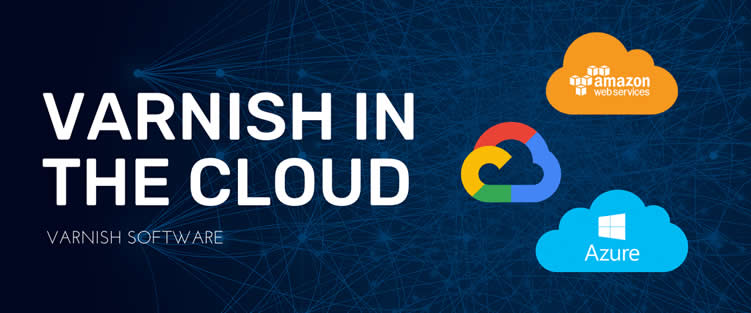
Varnish Software has launched its new 5G-ready content delivery network (CDN) solution, focused on enabling network operators to design and deliver new high-revenue service types through 5G and mobile edge computing (MEC). Vanish Edge Cloud is a virtualised CDN and edge caching solution delivered in the cloud, that allows service providers to directly address the service monetisation challenges surrounding 5G.
On the consumer side of Mobile Network Operators’ (MNOs) business, the return-on-investment (RoI) models for 5G deployments isn’t always so positive when we look at traditional LTE-replacement connectivity packages. However, there are a wave of new 5G-specific services that could make the huge investment of rolling out 5G networks worthwhile with high revenues and high margin use cases, these include: cloud gaming, virtual reality (VR), augmented reality (AR), the tactile internet, user-generated content applications and super high definition video streaming. Many of these services require high bandwidth data connections with extremely low latency.
Varnish Edge Cloud directly addresses these needs with a capability to deliver 150Gbps from single node and sub-millisecond response times. The solution also leverages the elasticity of the cloud and network virtualisation to scale-on-demand, increasing the amount of user requests (up to 100k concurrent users per node) the network can handle while optimising utilisation of infrastructure.
If MNOs cannot excel at MEC, they risk losing high revenue, high margin 5G business
Dynamic edge caching is an important new component of MEC, which is essential for delivering content that needs low latency 5G connections and driving response times down below a millisecond so that no lag or delay can be perceived by the user in an online game or a virtual reality experience. Pushing large amounts of data out to the edge of the network and caching it at the nodes ensures that response time is dictated only by the radio connection to the user (Varnish Edge Cloud can cache 100TB of data on each node). Previous versions of services like VR and AR have failed to gain mass adoption over LTE because of the lag in response, sometimes making users feel ‘seasick’, so it is imperative that MNOs make a big impression with these service types, when they are relaunched under 5G. If they fail to do this, they fail to access the high-revenue potential of consumer 5G.
With this new solution Varnish are building on a strong existing enterprise-focused CDN business and already have an unnamed major communications service provider customer for Varnish Edge Cloud. The open software architectures that MNOs have insisted on during the design and build of 5G networks mean that specialist companies like Varnish can plug into the ecosystem with their cloud model via APIs and bring instant benefits for network operators. The business proposition for the solution is clear: launch extremely impressive new services using 5G, or return to the flat revenues and stunted innovation of the last decade.
Research Analyst/ Technical Writer
Dean Ramsay is an analyst, consultant and writer with over 20 years’ experience in the telecoms industry. After a decade of building global B2B telco networks and software ecosystems, he has as an analyst written widely on topics such as 5G, network virtualisation, IoT and next generation operating models. In his role as Head of Research at Telecoms Tracker he is a trusted advisor to the world’s largest telecoms software companies.





